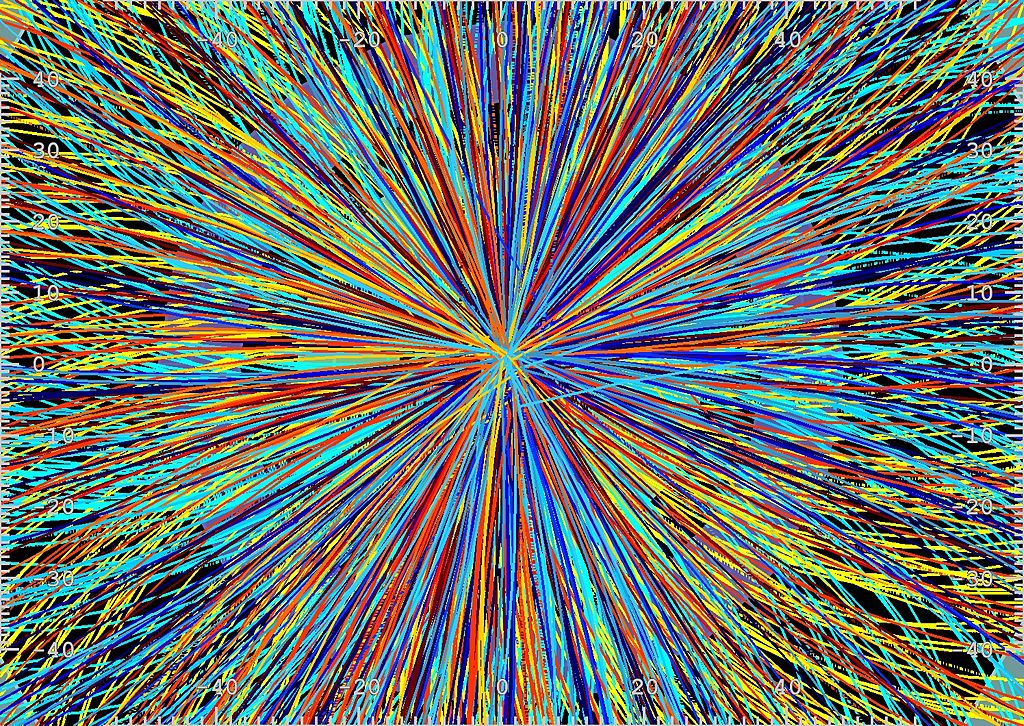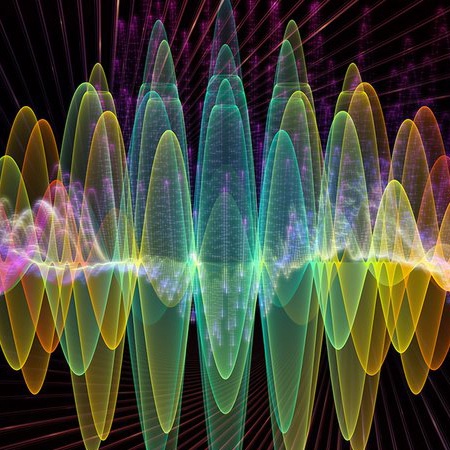[“Quantum foundations” series]

As noted in my post “Proton Soup,” a quark – another so-called elementary point particle – is typically discussed in the context of an atomic composite particle’s roiling quark-gluon dynamic [1] – rather than in a solitary state.
Stable matter depends on stable protons, a quantum “soup” held together by quantum chromodynamics binding energy. Valence and sea quarks.
• Space.com > “Quarks: What are they?” by Keith Cooper (Nov 1, 2022) – Quarks are the ultimate building blocks of visible matter in the universe.
Keith Cooper recaps some quark history. (I remember the buzz about quarks in my years at Caltech.)
In particular, the fleeting moment after the Big Bang when quarks ranged freely.
(quote) To separate individual quarks requires an enormous amount of energy … This amount of raw energy only existed in nature about 10 billionths of a second to about a millionth of a second after the Big Bang, when the temperature was approximately 3.6 trillion degrees Fahrenheit (2 trillion degrees Celsius). During this brief, early period, the baby universe was filled with a form of matter known as a quark–gluon plasma, a particle soup of free-floating quarks and gluons. [2]
He notes the hypothetical existence of quark stars.
Cooper’s article contains a useful list of Additional Resources and Bibliography.
Read more about quarks with these resources from CERN. Learn more about the discovery of quarks with CERN and explore the quarks and gluons in more detail with the Department of Energy.
Notes
[1] Including with the quantum vacuum itself, as in Wilczek’s Grid, the quark-antiquark (qq-bar) background.

[2] Wiki > QCD matter
Heavy-ion collisions at very high energies can produce small short-lived regions of space whose energy density is comparable to that of the 20-micro-second-old universe. This has been achieved by colliding heavy nuclei such as lead nuclei at high speeds, and a first time claim of formation of quark–gluon plasma came from the SPS accelerator at CERN in February 2000.
